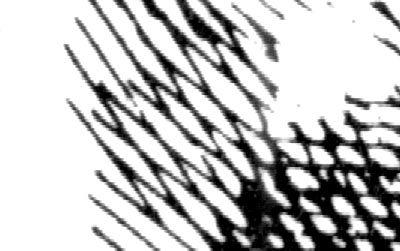
A line on its own can certainly create an interesting picture... but it is usually at the point where lines intersect that something special begins to happen.
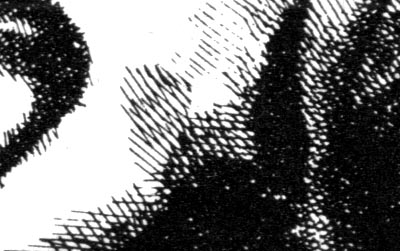
Lines have played an important role in Murray Tinkelman's life. And at the multitude of intersecting points where Murray's lines have criss-crossed...

... something magical has happened!
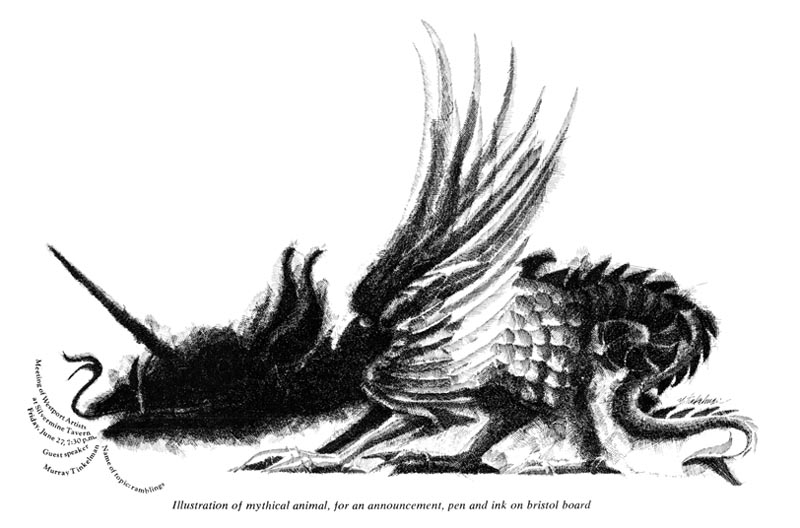
In a 1970 article in American Artist, Murray talks about how important Arnold Burgess, one of his teachers at the High School of Industrial Art in New York, was in shaping his young life. Mr. Burgess saw potential in young Murray Tinkelman, took him off the regular course of study and gave him free reign to pursue his own artistic interests. Murray subsequently won his first award, the High School Portfolio Award, and received his first professional assignment - a small spot that was used as a column header in Seventeen magazine.
Imagine if Murray's and Mr. Burgess' lines had never crossed.
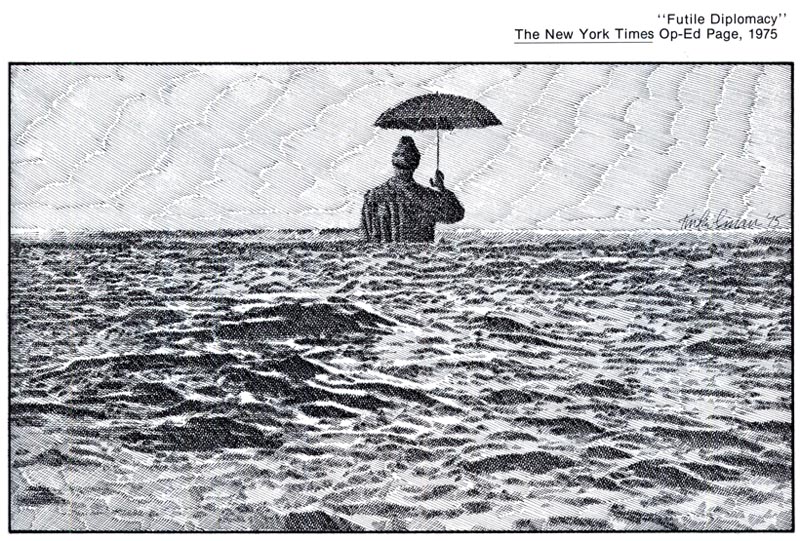
Fast forward a few years... after leaving the Army, Murray received the Max Beckman Painting Scholarship, which gave him the opportunity to study at the Brooklyn Museum Art School with Reuben Tam (below).
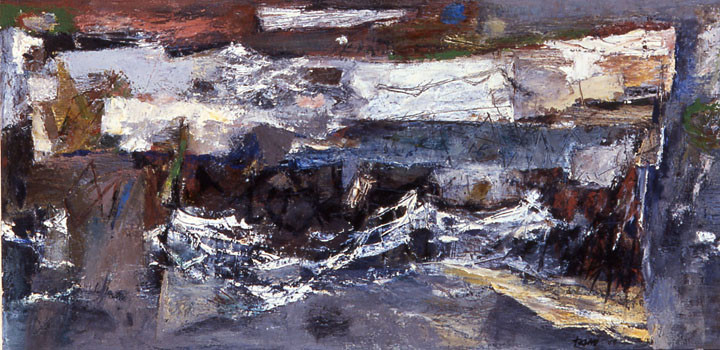
Learning from Tam "truly changed my life," says Murray. He describes Tam as "sensitive, thoughtful, [the] greatest teacher, [a] brilliant painter, [a] wonderful man." Would Murray Tinkelman be the same person he is today had his and Tam's paths never crossed?
Next came Chuck Cooper, owner of the preeminent art studio in America. The intersection of lines that resulted in Murray being accepted into the Cooper Studio are marvelous to behold: a chance sighting of the D'Andrea drawing in the '56 Art Director's Annual, an interview almost aborted save for a slow elevator and a speedy call to enter, a studio head who, having already turned away a dozen others that day, saw ... something - some potential - in this kid from Brooklyn with the ragtag portfolio.
At Cooper's the intersecting of lines really got exciting! The youngest member of the Charles E. Cooper studio began luring ("like a pied piper", is how Murray describes it) his fellow illustrators away to visit the Brooklyn Museum and Reuben Tam's class. (Another piece by Tam below)
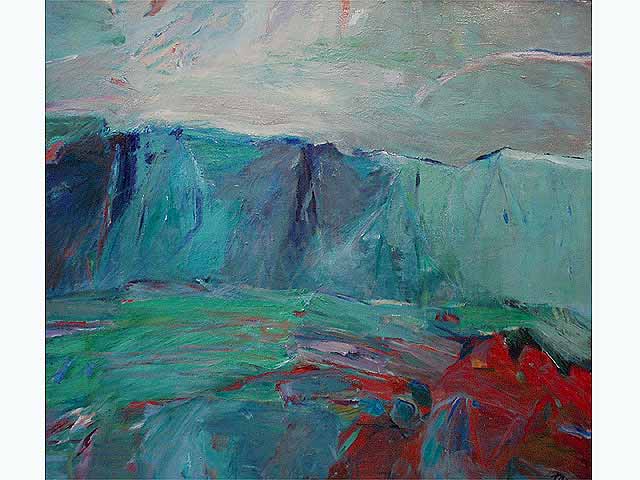
First to go with Murray were his early supporters, Bill Whittingham and Bob Levering.
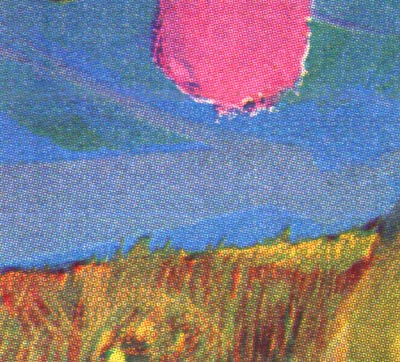
Then they dragged a less-than-enthusiastic Bernie D'Andrea along (Murray still laughs as he quotes D'Andrea's initial reaction: "Aaahh, what a buncha shit!")
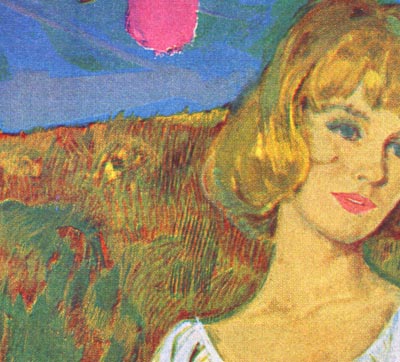
Gradually, one by one, others like Coby Whitmore, Joe DeMers and Lorraine Fox began visiting Tam's class. Consider that the Cooper artists were rightfully regarded by both peers and clients as the crème de la crème of American illustration of the day. Certainly there were many other important factors that would have affected the Cooper group to explore outside their comfort zone. Still (and Murray himself would protest) his role in influencing the thinking and styles of some of the most important illustrators of the 50's should not be discounted. In Neil Shapiro's article in Illustration Magazine # 16, Cooper artist Don Crowley described Murray's influence (somewhat facetiously) on the Cooper staff as "[getting] those guys dissatisfied with what they were doing... they weren't happy doing illustrations any more. They wanted to be fine artists."
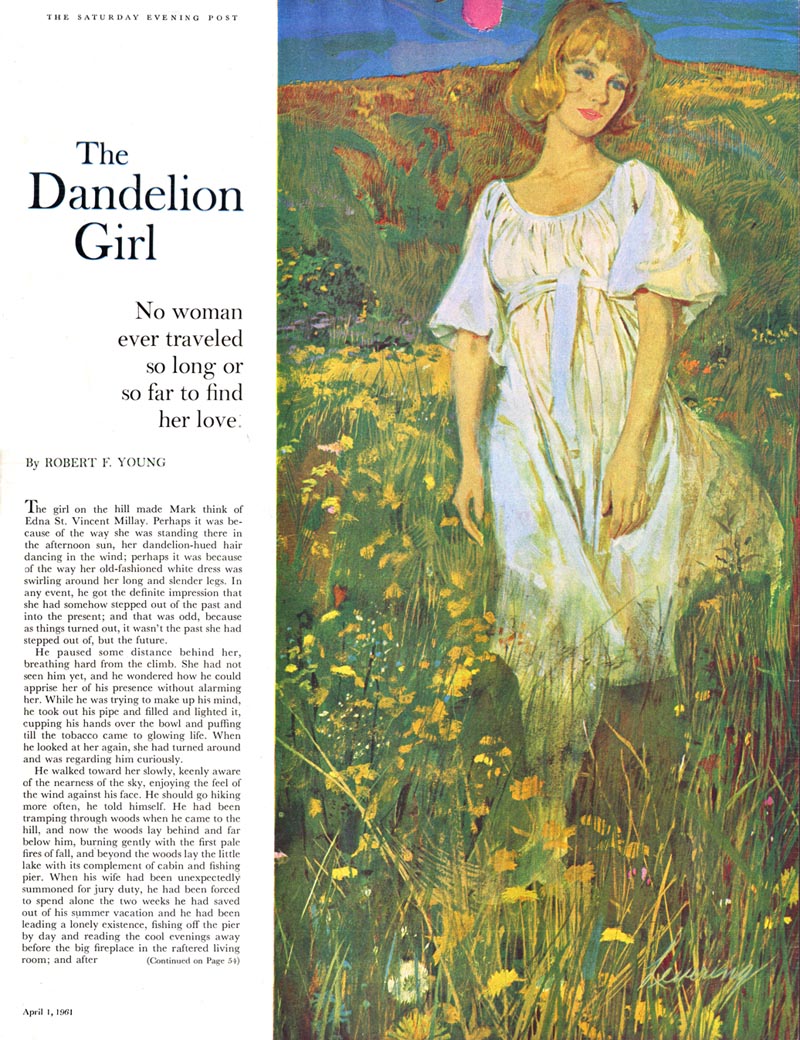
Murray has often praised the Cooper artists for being his mentors during the early days of his career -- but in a sense, he was also mentoring them. He told Neil Shapiro, "I don't think my work as an illustrator really affected them, but it was my role as a representative of the next generation." Had Murray Tinkelman never been there to gently nudge the Cooper artists in Reuben Tam's direction, one has to wonder how things might have turned out differently for everyone of them...
One day, 20 years into his career, the intersection of lines took on an even greater importance for Murray.
"I was doing a little bit of everything," he told Dan Zimmer in an interview in Illustration #23, "I hadn't really settled on what would be called a 'signature style'... then one day I was drawing abstractly in a sketchpad, and I was messing around with crosshatching, a landscape of crosshatching, just stream-of-consciousness stuff. Then I looked at a photograph of a rhinoceros, and I started doing a cross-hatched drawing of the rhino in the same technique, without the abstraction. And it won a gold medal at the Society of Illustrators!"
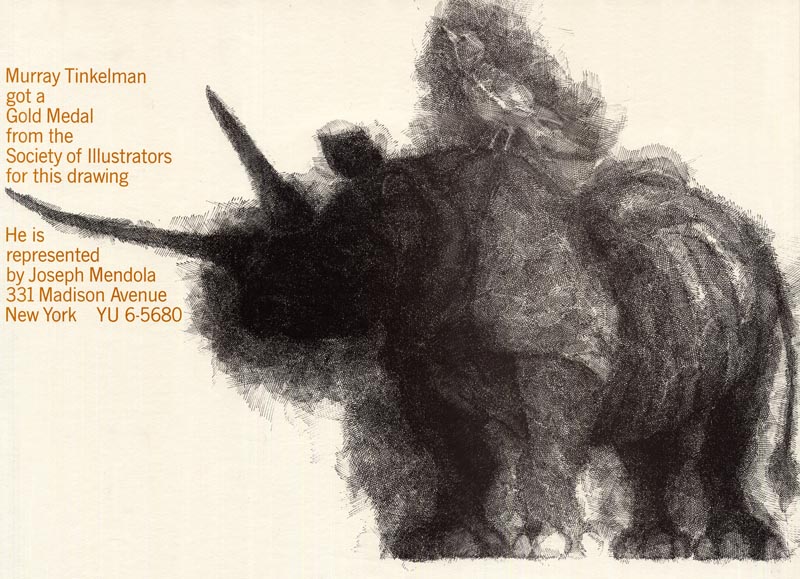
"By 1970, I had pretty much crystalized my current technique."
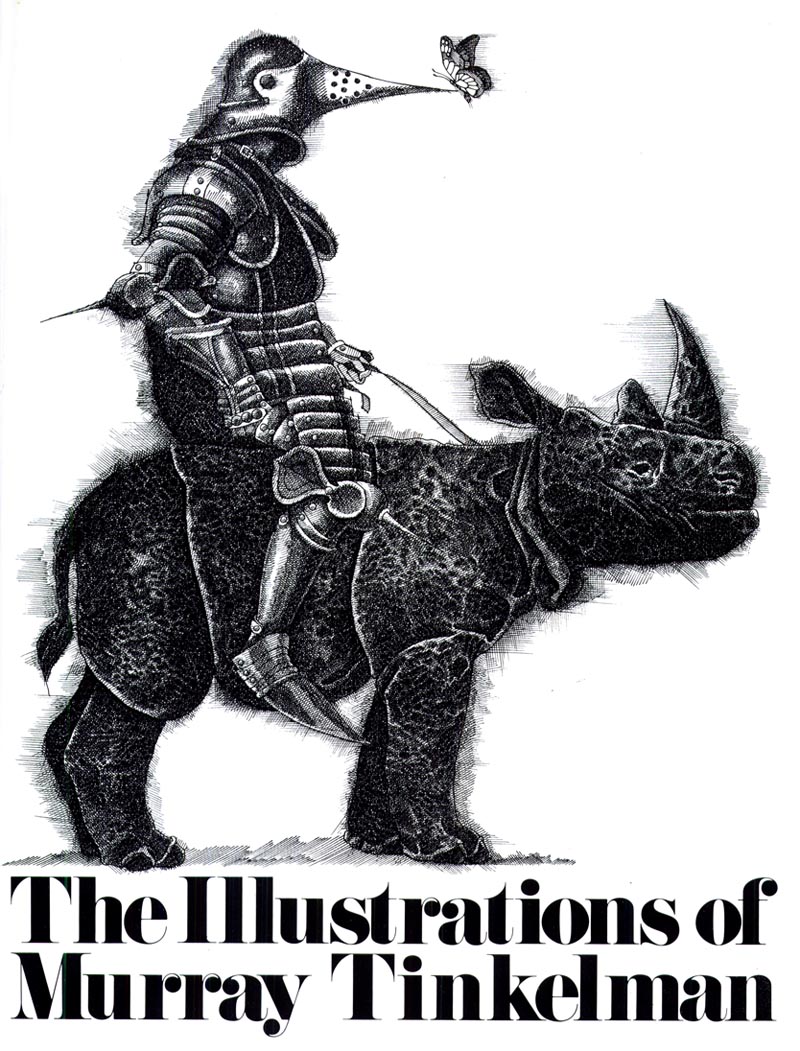
For Murray, the floodgates had opened. He began receiving assignments from the New York Times op-ed page...
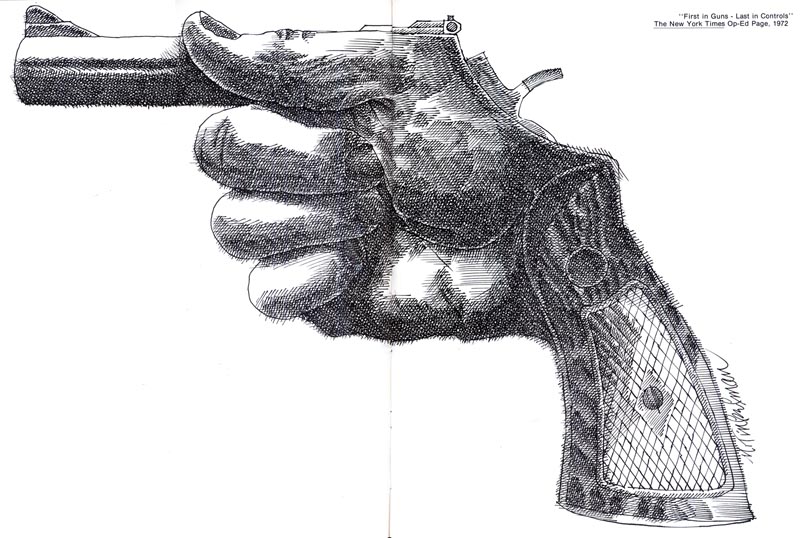
...he did a memorable series of H.P. Lovecraft book covers -- a western-themed sample that crossed the path of the president at Pocket Books lead to a series of 45 Zane Grey covers...
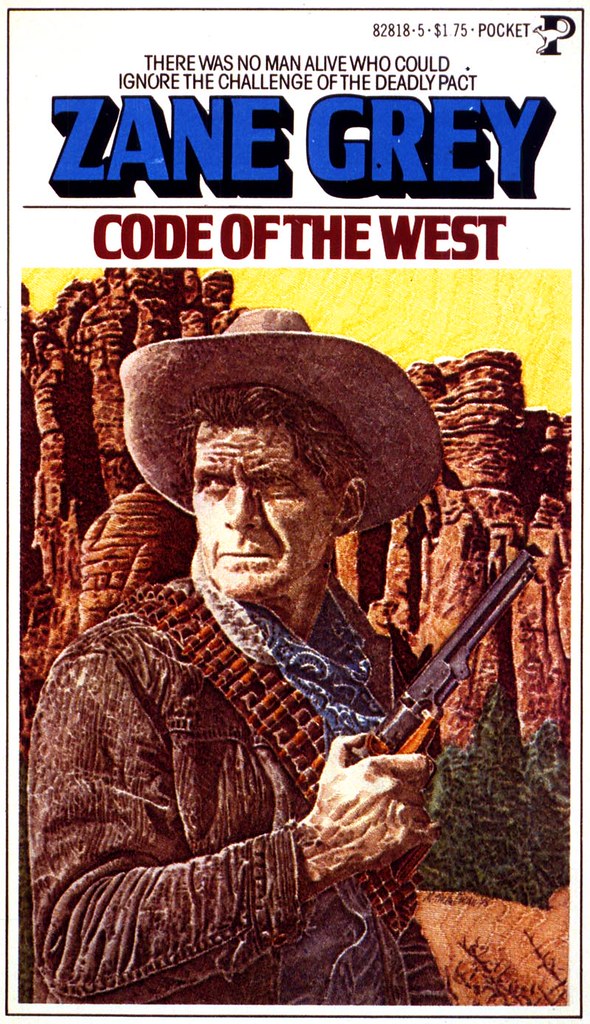
By the 1980's, says Murray, "I got nervous if the phone DID ring, because I didn't want to do the jobs." He began focusing more on personal projects - enjoying the opportunity to explore subject matter that interested him - cowboys and indians, airplanes, baseball - thanks to the freedom afforded by his income from teaching.
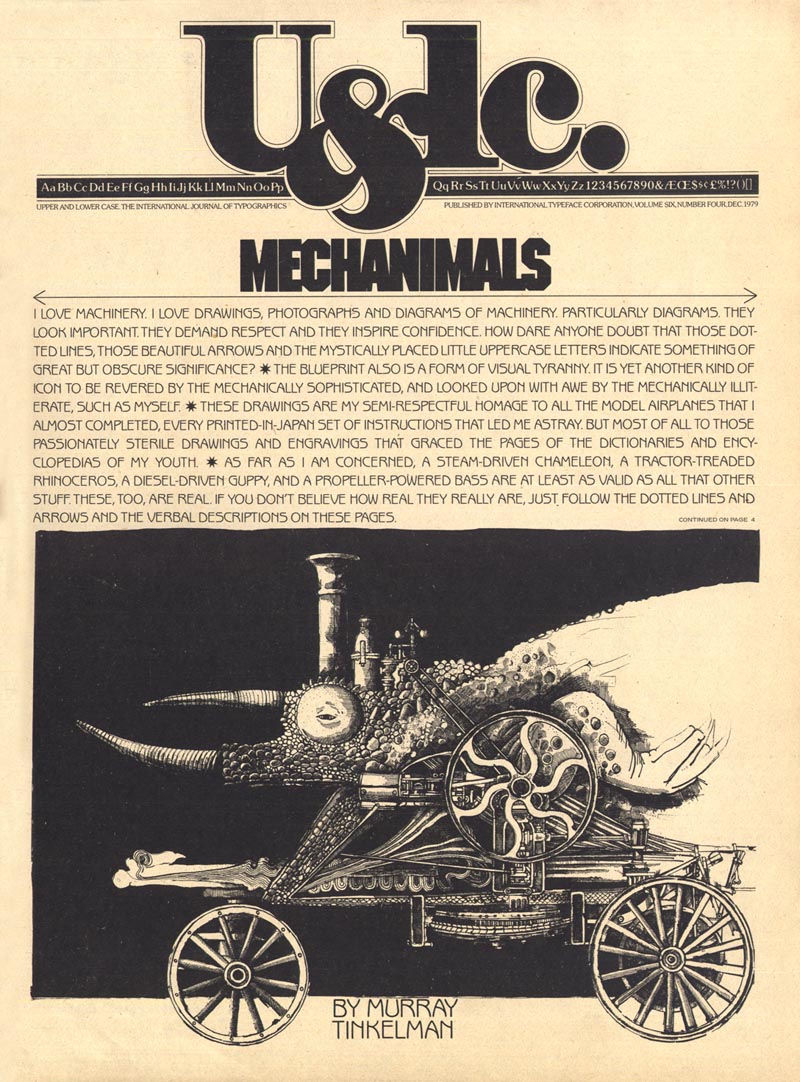
Far longer than his time as a student of Burgess, Tam and the Cooper staff, Murray has been a teacher of illustrators-in-waiting. Eleven-and-a-half years at Parsons... 27 years at Syracuse... 4 years and counting at Hartford.
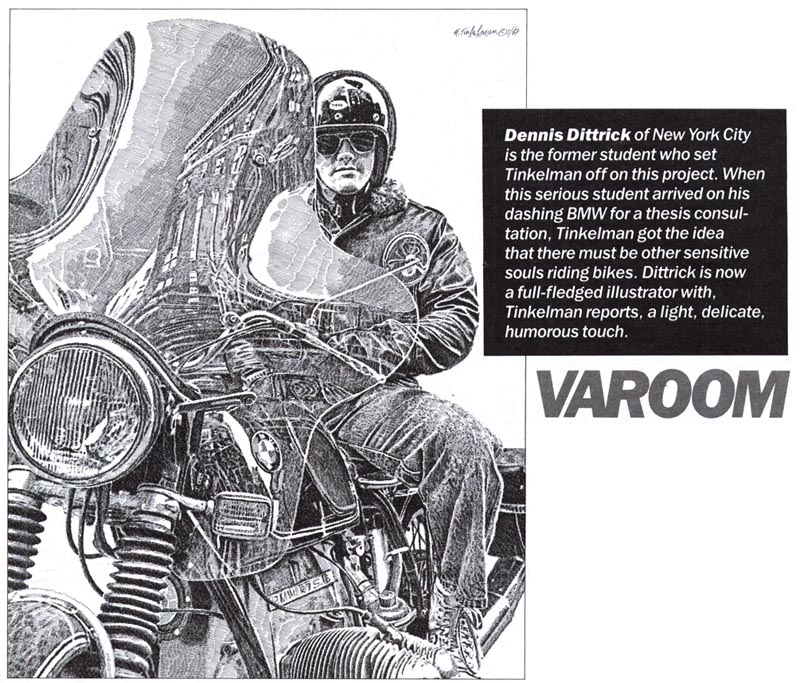
The connections he has created for others in his many years as an educator far outweigh all the countless intersecting points in the thousands of cross-hatched illustrations of Murray Tinkelman's career. Murray initiated the teaching of the history of illustration at Parsons back in 1965, and as he says, "now its all over the place." In 1999 the Society of Illustrators presented him with The Distinguished Educator in the Arts award.
This perhaps is Murray Tinkelman's greatest masterpiece: he has drawn the lines connecting one generation of illustrators to another.
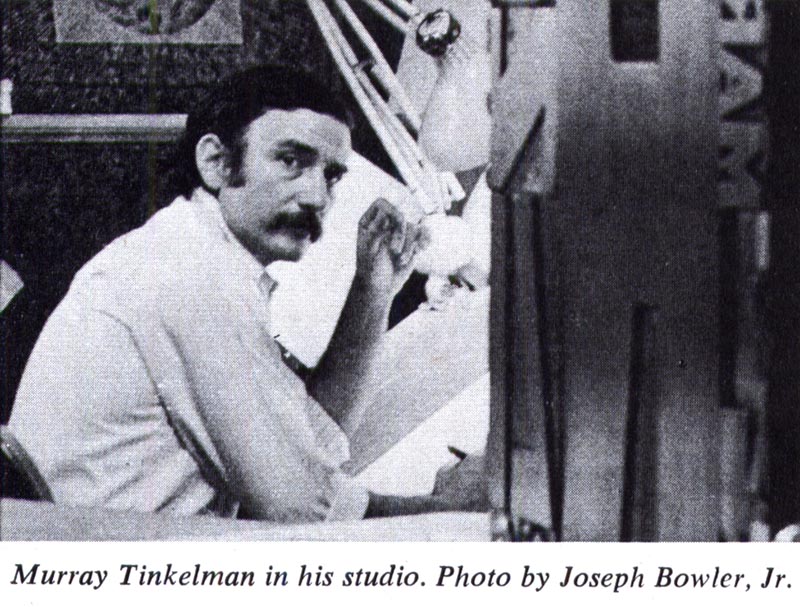
When Murray Tinkelman drew those lines, he drew magic.
My apologies to Murray and to readers; due to an inordinately hectic work schedule I wasn't able deliver this series on the sort of steady schedule I normally try to maintain. Hopefully we'll be back to normal from here on! Many thanks to Murray for the time and trouble he went to in providing me with visual and written material for this series. Thanks also to friends Neil Shapiro for his insight and assistance, René Milot for scanning Murray's slides, and Mark Korsak for providing additional scans.
Some important related links:
Murray's website
The Hartford University MFA Course
Illustration magazine #16, 18, and 23, where you'll find much more extensive information and discussions about and with Murray by Neil Shapiro and Dan Zimmer.
amazing... just amazing...
ReplyDeleteThanks for the obviously-laborious work on this great series.
I have enjoyed this look at the work of Murray Tinkelman' The gradual change of style from cartoon to stylized illustration to an interesting realism.
ReplyDeleteWow. I've really enjoyed this series on Tinkelman. Your blog is absolutely invaluable.
ReplyDeleteThank you all for your enthusiastic support! :^)
ReplyDeleteMurray (and Carol) are some of my most favorite people in my life.
ReplyDeleteLeif, thank you for doing these posts on him and as you've generally said, (I paraphrase) one can do a months worth of posts on his work and his life and not even come close to his reach.
This comment has been removed by the author.
ReplyDeleteLove Murray and his magic!
ReplyDeleteAs a student of Murray's, I can say that he is one of the most authentic and genuine people I know. He has provided me with so much knowledge and inspiration taht I have been able to apply in all of my work. It is an honor to be among a true legend.
ReplyDeleteIf you are searching for assignment help here, We provide you the Best Assignment Help in UK At hyperlethal by expert academic writers. Our assignment helpers aim to provide 100% plagiarism free assignment help. Our approach to valuing values has helped us become the most promising online help in the favorite student distribution app in the UK. Contact us today and get a reasonable quote. With homework Help, we also provide Law Assignment Help, Science Assignment Help, Geography Assignment Help, etc. For more services:-
ReplyDeleteUniversity of Wales By Treat Assignment Help
Assignment Writing Services UK
Homework Help in UK
Technical And Vocational Education
educational
lilyallen at biqe-digitaliseren.nl